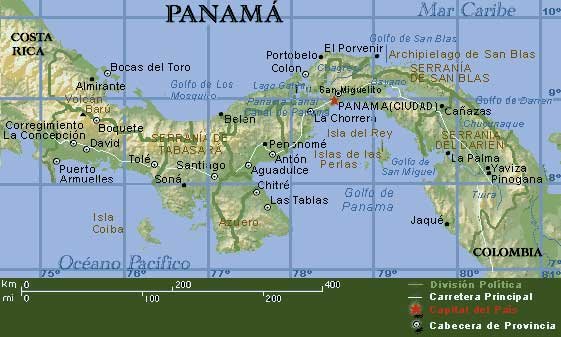We wish you a merry christmas....may you spend it with family and friends and snow. We are jealous of all of the reports of cold weather coming from up there...our fleece sweaters are currently growing a bit of mold. We are determined to drink hot cocoa over christmas even if it means sweating.
We also wish you a wonderful New Year. We certainly have quite a few projects to focus on as we more into the new year. We will be working on teaching english, building estufa lorenas, starting up a reforestation effort, restarting the island´s tourism group, and starting a club for kids. As you move into the new year, please remember that there are lots of little ways that you too can make this world a better place without taking 2 years to do Peace Corps. Please consider making one of the following your contribution to a better world:
*Follow one of the three Rs that you are not already doing. Reduce, Reuse, Recycle...in that order. Are you using cloth bags at the store? Do you even need a bag for this purchase at all? Reuse all that you can... for items that you normally use throw aways think of reusable alternatives. For example paper towels vs cloth rags...I mean it isn´t that hard when you aren´t handwashing things. Change those light bulbs to florescent...it does matter!
*Volunteer your time. If you are not already volunteering somewhere get out there and start. Volunteering gives to your community, makes important community ties and enables our society to accomplish a ton of good with the little funding that most good-doing groups have. Yes, everyone does have some time to volunteer...you just have to want to use it for volunteering. As a full time volunteer and former volunteer coordinator I offer a 100% garuntee that there is volunteer work out there that will fit your schedule and warm your heart. You will get more out of it than you put in, I promise.
*Speak up for what is right, whatever you consider to be right. Consider asking your local and national leaders to support environmental issues. Even if Global Warming is a total hoax it is just good sense to keep this country and globe from being a gross place. We as a country need to lead the world in making the environment a priority and backing up our priorities with $. China isn´t going to do it...and they are the ones jostling to be next to lead. If the USA will not lead in a direction that the world thinks is reasonable, the world will look elsewhere for leadership.
*Make yourself just a little healthier....it will pay off long term in your energy, time available, and less healthcare cost. I can attest that a being a little bit healthier brightens your whole world. You will feel better and thus be more able to go volunteer. Uh-oh starting to repeat myself...it is time to quit.
One of my favorite sayings has always been from Gandhi "we must be the change that we wish to see in the world¨. Kevin and I are living it...and so can you. What change will you be in 2008?
We will be on the island for a while...so you might not see another post until mid January.
Feliz Navidad y prosero año nuevo a todos.
April y Kevin

















 This is what the final buffet looked like. We really didn´t have enough room to wiggle once everyone had food.
This is what the final buffet looked like. We really didn´t have enough room to wiggle once everyone had food.


 They have oil, rice, beans, salt, sugar, flour, sardines, tuna, spices, condensed milk, tomato paste, powdered milk, bleach, soaps, toilet paper, toothpaste, some simple medicines, flashlights, batteries, cookies and sweets, onions, garlic, and potatoes. She would generally go to a nearby port to restock every two weeks. As April mentioned in her post about our house, our closest tienda actually has a propane powered fridge as well, so ice, drinks, and duros (frozen bags of juice for 10 cents).
They have oil, rice, beans, salt, sugar, flour, sardines, tuna, spices, condensed milk, tomato paste, powdered milk, bleach, soaps, toilet paper, toothpaste, some simple medicines, flashlights, batteries, cookies and sweets, onions, garlic, and potatoes. She would generally go to a nearby port to restock every two weeks. As April mentioned in her post about our house, our closest tienda actually has a propane powered fridge as well, so ice, drinks, and duros (frozen bags of juice for 10 cents).

































